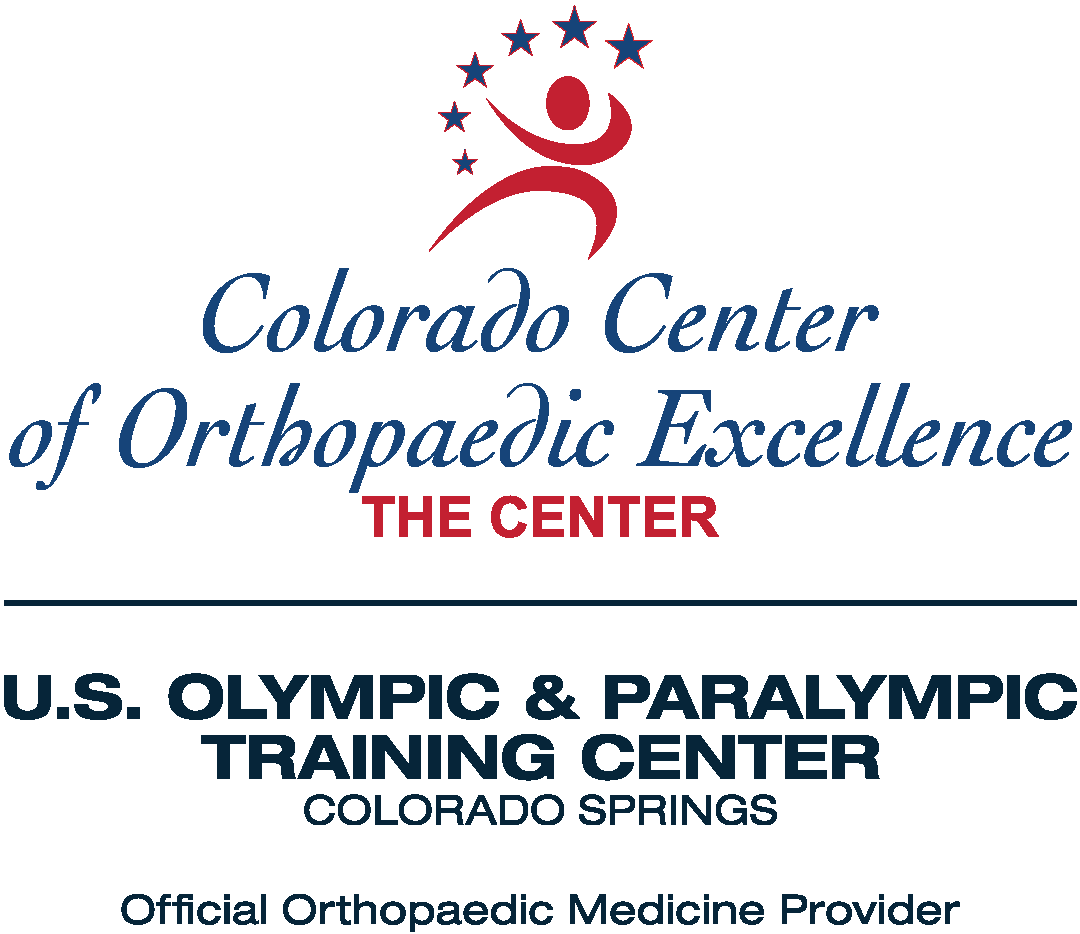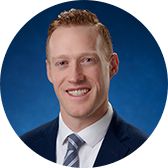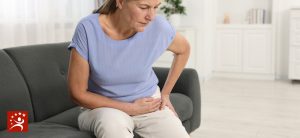Like any part of the body, the spine is prone to its fair share of unsteadiness. Specifically, a condition called slipped vertebrae spondylolisthesis in which a vertebra moves and slips out of place, causing intense lower back pain, among other symptoms. Chronic back pain can prevent people from participating in enjoyable activities and hobbies. It can interfere with daily tasks, including cleaning, cooking, and even taking care of children and pets. All of this can result in a lowered quality of life. That’s why it’s so important to find the most skilled and highly trained orthopedic specialists, and you’ll find them at the Colorado Center of Orthopaedic Excellence in Colorado Springs, Colorado.
OVERVIEW
The word spondylolisthesis (pronounced spohn-di-low-less-THEE-sis) comes from the Greek word spondylos which means spine or vertebra, and listhesis, which means slipping, sliding, or movement. Slipped vertebra spondylolisthesis occurs in about 4% to 6% of the adult population. It is more common after age 50 and more common in women than men. It’s possible to live with slipped vertebrae spondylolisthesis for years and not know it until symptoms finally become noticeable.
ABOUT THE SPINE
The spine, which reaches from the base of the skull to the tailbone, is composed of 33 small stacked bones called vertebrae, divided into five sections: the cervical, thoracic, and lumbar spine section, and the sacrum and coccyx bones. The cervical is the upper part of the spine made up of seven vertebrae. The thoracic is the center portion of the spine consisting of 12 vertebrae. The lower part of the spine is the lumbar spine. These bones form the spinal canal. The spinal canal is a tunnel that houses the spinal cord and nerves, protecting them from injury. The spine is also called the backbone, spinal column, and vertebral column.
WHAT IS SLIPPED VERTEBRAE SPONDYLOLISTHESIS?
This condition is when a vertebra slips out of place, resting on the bone below it. A stress fracture can cause slippage. Or the vertebra may slip out of place due to a degenerative condition. Degenerative spondylolisthesis, the most common type, happens due to aging. Over time, the disks that cushion the vertebrae lose water. As the disks thin, they are more likely to slip out of place. With spondylolisthesis, disks between vertebrae and facet joints (the two back parts of each vertebra that link the vertebrae together) can wear down. The bone of the facet joints grows back and overgrows, causing an uneven and unstable surface area which makes the vertebrae less able to stay in place. There is also a grading system that doctors use to denote the severity of slipped vertebrae spondylolisthesis using five descriptive categories. The grading scale below is based on how far forward a vertebral body has slid over the one beneath:
- Grade I: less than 25% slippage
- Grade II: up to 50% slippage
- Grade III: up to 75% slippage
- Grade IV: 76-100% slippage
- Grade V: the vertebra has fallen forward on the one below
CAUSES
There are many ways slipped vertebrae spondylolisthesis may develop. The spine is connected to everything else in the body in one way or another. It carries the brunt of every move we make, from walking to jumping to twisting to micromovement, barely noticeable. Some people can be more at risk for developing the condition than others. For instance, if a family member has spondylolisthesis, the risk of developing the disorder may be greater. Some activities can make people more susceptible to spondylolisthesis, such as gymnasts, linemen in football, and weight lifters who all put significant pressure and weight on their lower backs. Young athletes (children and teens) who participate in sports that stretch the lumbar spine are more likely to develop spondylolisthesis. Some people were born with thinner areas of vertebrae that are prone to breaking and slipping. Another cause is the development of spinal osteoarthritis.
SYMPTOMS
Symptoms include:
- Muscle spasms in the hamstring (muscles in the back of the thigh)
- Back stiffness
- Difficulty walking or standing for long periods
- Pain when bending over
- Numbness, weakness, or tingling in the foot
- Lower back pain
- Muscle tightness and stiffness
- Pain in the buttocks
- Pain spreading down the legs (due to pressure on nerve roots)
- Pain that gets worse with activity
NON-SURGICAL TREATMENTS
Non-surgical treatments cannot undo cracks or slippage, but they can provide long-term pain relief. These include rest—taking a break from strenuous activities and sports, NSAIDs such as ibuprofen or naproxen, or injections of steroid medications into the affected area.
WHEN IS SURGERY INDICATED?
When more conservative approaches fail to work, the surgeon may recommend surgery to relieve pressure on the nerves, stabilize the vertebrae and restore the spine’s strength. Surgery for back pain due to slipped vertebrae spondylolisthesis typically involves spinal decompression, with or without fusion. If the spondylolisthesis is stable and not changing position, a simple decompression may be enough to relieve pain. This involves removing the bone, cartilage, and/or disk material that is compressing the nerve. In cases where there is instability, it typically requires spinal fusion. The goal of fusion is to realign the spine and fix it in the proper alignment with the use of hardware. This hardware acts to stabilize the segment while bony fusion, or bone growth across the joint, occurs. A fusion often incorporates a cage which is a space used in place of the disc. This provides even greater stability. Surgery has a high success rate. People who have surgery often return to an active life within a few months.
GETTING THE RIGHT DIAGNOSIS. GETTING THE RIGHT DOCTOR.
Some complications may arise from slipped vertebrae spondylolisthesis. Pain in the lower back and legs can become chronic, along with feelings of numbness, weakness, or tingling. Additionally, the infection may occur, or the spinal nerves can be permanently damaged. Loss of bladder or bowel control, while less common, can also occur. Diagnosing and treating this condition properly can affect your whole life. At the Colorado Center of Orthopaedic Excellence in Colorado Springs, Colorado, their highly trained and skilled orthopedic specialists can make all the difference. With a detailed exam along with imaging, they can determine the severity of your spondylolisthesis and the most beneficial course of treatment. Back surgery can seem scary. But you can count on your surgeon at CCOE to take the time to discuss all the details of your condition, along with all the options. And most importantly, you can feel assured they’ll get you back to a fulfilling and active life.









